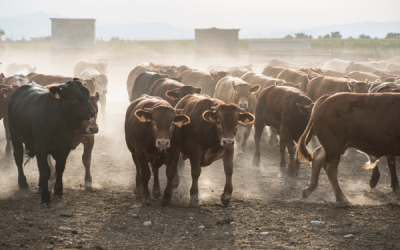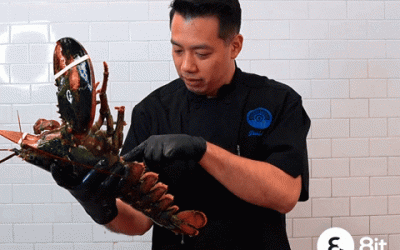Screwworms are screwing up beef imports from Mexico, and it will likely impact feeder cattle prices.
After the discovery of a screwworm in Mexico on Friday, the USDA’s Animal and Plant Health Inspection Service (APHIS) announced it would pause animal imports from Mexico.
Soundbite: “Even if the border opens soon the measures will be costly and it will impact cattle operations in the U.S. and Mexico for some time to come.” — Daniel Manzanares, director of the Santa Teresa International Export/Import Livestock Crossing in New Mexico
While only 5% of the U.S. feeder cattle supply comes from Mexico, Santa Teresa pens are already empty. On a typical day, they’d be filled with thousands of Mexican cattle before heading north.
Fun fact: Almost 500K feeder steers and heifers cross the border through Santa Teresa annually, making it the largest livestock entry point in the U.S.
Worming their way in: The New World screwworm, a flesh-eating fly larva that attacks live tissue in cattle, hadn’t been seen in Mexico in 30 years. Earlier in November, Mexican officials detected a screwworm in a cow at Mexico’s border with Guatemala. The animal did not originate in Mexico.
No “fly” zone: APHIS doubled down on its efforts to control screwworms in 2006 and worked with Panama on a barrier zone. Central American countries have struggled with screwworms for a while, and the zone helped—until recently. Detections in Panama went from 25 cases per year to more than 6,500 cases in 2023.
APHIS spends $110M to keep screwworms out of North America.
Proposed LIP Updates Rally Support
Proposed updates for livestock disaster assistance are causing a stampede of support. LIP needs...
Oh Canada! The Next Rail Stoppage is Canadian
There’s another railroad work stoppage brewing. This time it’s Canadian National Railway and...
Miss (Seafood) Independent is… the U.S.! Potentially…
Fun fact: Did you know the U.S. is one of the top producers of aquatic and marine foods worldwide?...




